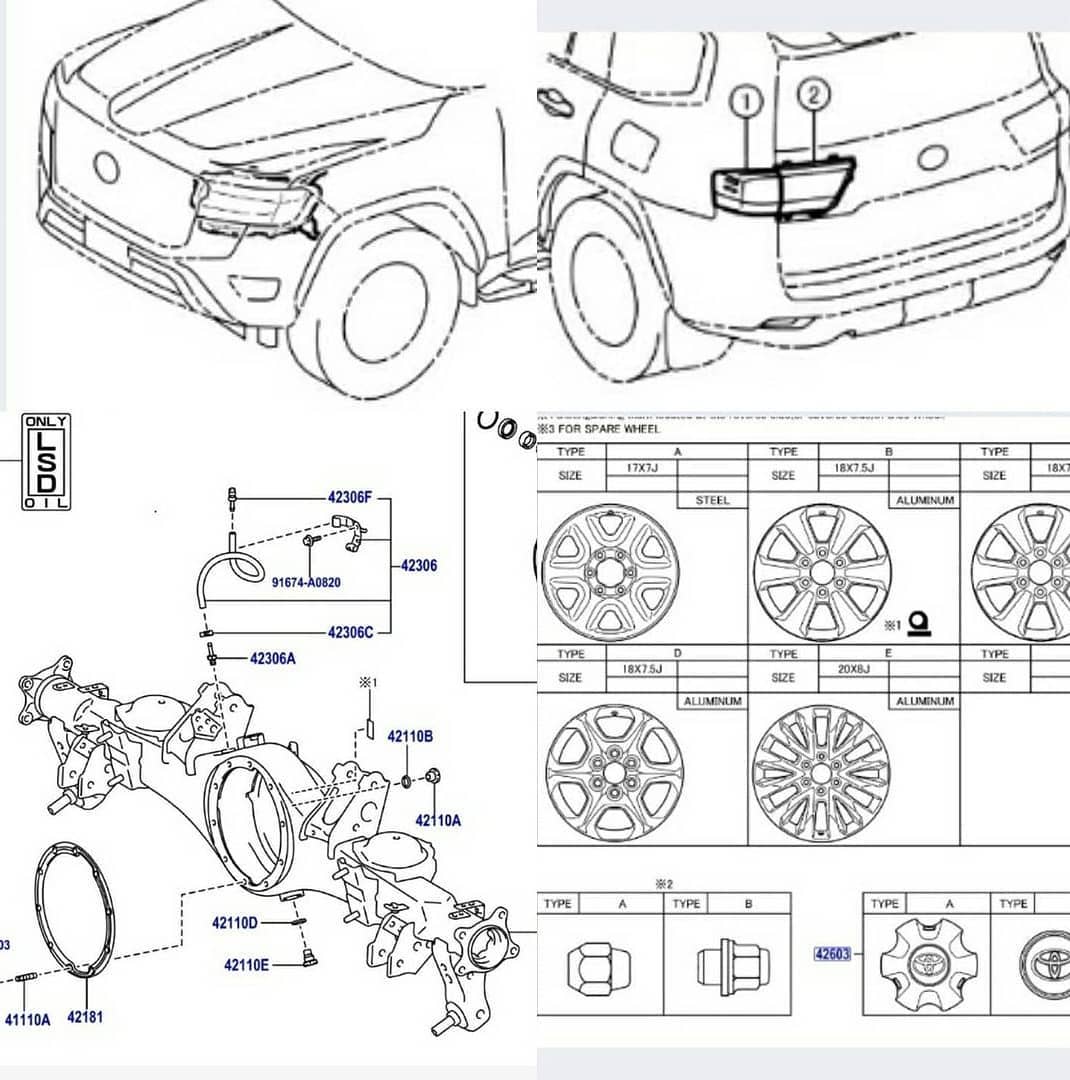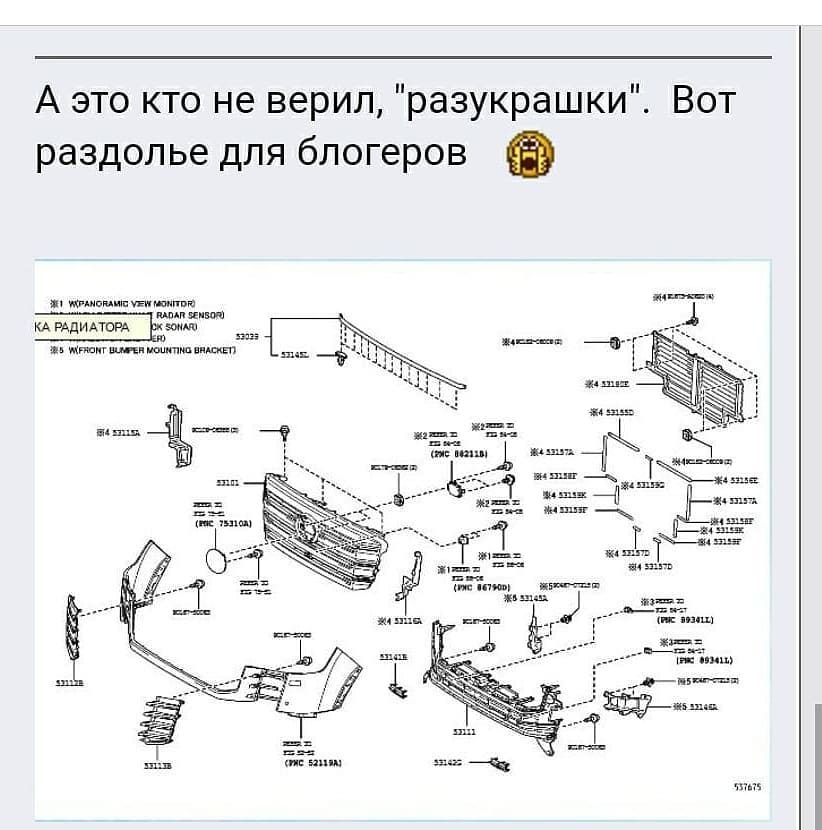I ask because the main factor in internal combustion engines now is modularity/parts sharing/use per models. If VAG uses 90° V6 it is because it is shared with 90° V8. I6 shared with I4 would not fit in those models that have V6. Mercedes and BMW have I6 because it fits and is shared with I4. Mercedes' V8 is also shared with I4. BMW will keep its V8 because it has the models for it, but will also "sell" it to Range Rover. Other Range Rover engines are I6 because now shared with I4. Stellantis V6 are based on Ferrari's V8 which is to stay. Ferrari and BMW (Rolls Royce) V12 are fringe engines so of little relevance and not depending on sales volume.
Toyota V35A is to replace the UR family line, if not the GR family and if there is no V40A. Toyota does not make any diesel engines anymore for cars. Only for BOF vehicles. They will renew all BOF diesel engines except those that are legacy, such as 1HZ for example. The new Landcruiser gets a new diesel because, well, it is a truck. But so should the new Hilux. Needing only two new diesel engines, it makes sense to share them, this I4 and I6. Hilux could get a 2.2l I4 derived from the 3.3l I6. The hilux might get two stages, single and twin turbo.
Somehow I doubt the new Ranger and Amarok co-developed truck will get a 6 cylinder diesel again. Hilux never had more than 4 cylinder diesel, I doubt they would change it now. Ranger Raptor has 2.0 bi turbo I4, smaller than 3.2 single turbo I5. Of course a V6 would fit better in the smaller truck than the I6, but again, does not mean they'll make it. In most cases the petrol V6 will be the performance engine, no diesel has any chance, so nothing lost with Hilux/Prado not getting 6 cylinder diesel.
I don't see the point of making an exclusive V6 diesel for Toyota. The 1VD was based on the 2AD. What would the F33A be based on? I can only see it based on a "F22A" I4.






